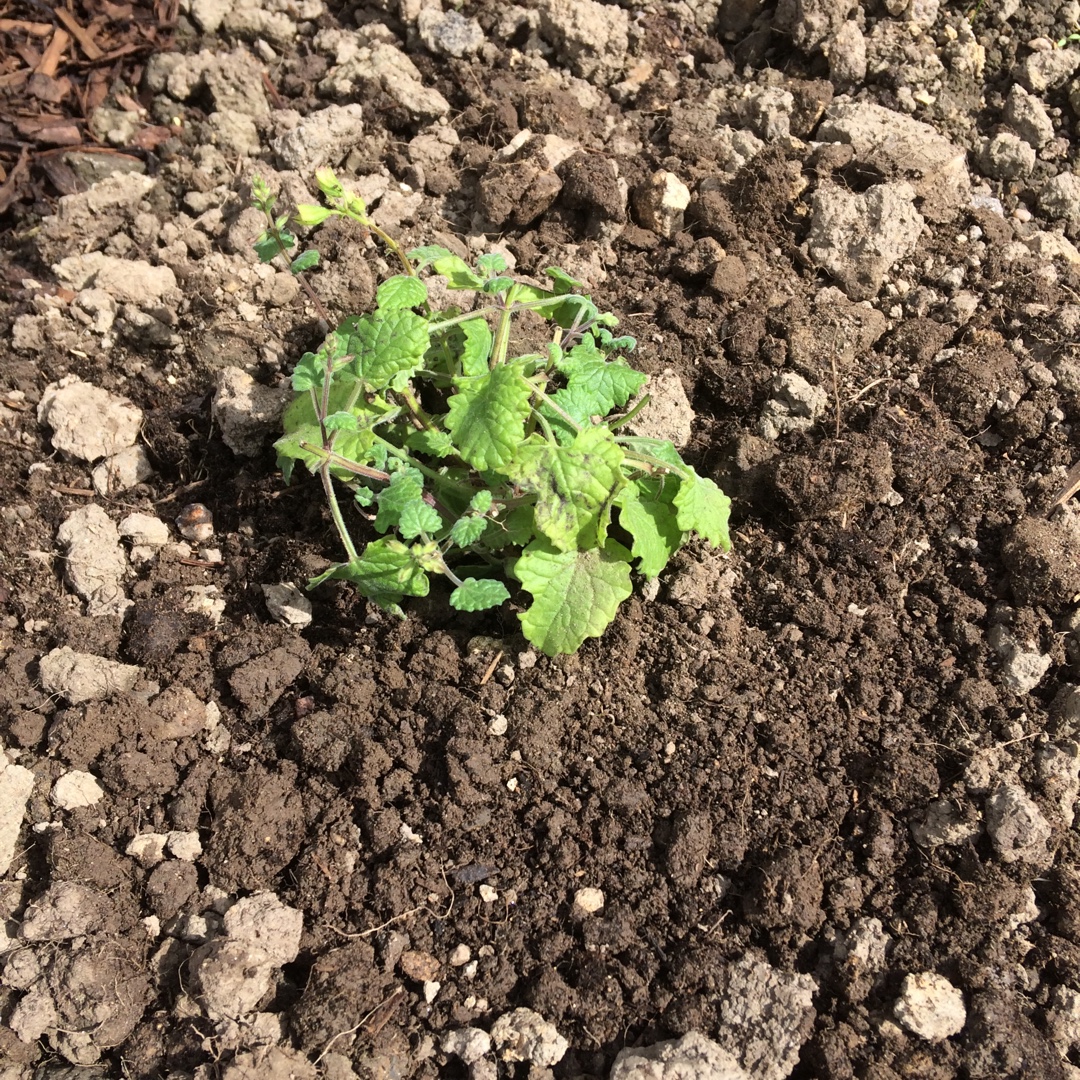
Salvia roemeriana 'Hot Trumpets'
Salvia 'Hot Trumpets'
'Hot Trumpets' produces masses of intense scarlet flowers from early to late summer. A compact Salvia, growing to a height of 20-30cm and good for both borders and pots. Salvia roemeriana does best in sun to part shade and a wide range of well-drained soils.
Contributed by @jpea
-
Full sun to partial shade
-
Very little water
-
Frost Hardy: 23F (-5°C)
-
Free draining
Common name
Salvia 'Hot Trumpets'
Latin name
Salvia roemeriana 'Hot Trumpets'
type
Perennial
family
Lamiaceae
ph
5.0 - 8.0 Acid - Neutral
Plant & bloom calendar
-
Best time to plant
full grown dimensions
 0.20 M
0.30 M
0.20 M
0.30 M
Salvia roemeriana 'Hot Trumpets'
'Hot Trumpets' produces masses of intense scarlet flowers from early to late summer. A compact Salvia, growing to a height of 20-30cm and good for both borders and pots. Salvia roemeriana does best in sun to part shade and a wide range of well-drained soils.
Planting young plants
From Late Autumn TO Late Winter
Pot grown plants can be planted out from late autumn to late winter. Plant in Beds or borders in any well drained garden soil preferably enriched with well rotted manure or compost. Choose a sunny position. Annual varieties can be planted after last frosts and the arrival of warm spring weather.
Propagation by division.
From Late Spring TO Late Spring
For perennial and shruby types, propagation is best done by division. Using a fork dig up plant, try to keep the root ball as complete as possible. Split the root ball at the center with a sharp knife or a spade. Replant the plants to the same depth as the original and keep well watered until established.








